It's always been a fan favorite, but 15 years to the day after Steve Jobs announced it, the Mac mini has been through more ups and downs than any other Mac.
Steve Jobs introduced the Mac mini with the explicit aim of attracting Windows switchers. Yet it never quite seemed to do what Apple wanted, and instead became a cult favorite Mac, even when the company has tried to forget about it.
It's the Mac that created an industry of firms that hosted hundreds and thousands of Mac minis for remote users. And it's the entry-level machine that began as the most affordable Mac ever made, and now starts at almost twice the price it did in 2005.
The Mac mini is a beloved part of the Mac lineup, but the 15 years since its announcement have been little short of peculiar.
Launching the Mac mini in January 2005
We think we get a lot of leaks today, but back in late 2004, it was pretty clear that Apple was building up to releasing a new and cheaper Mac.
Perhaps so much so that Steve Jobs didn't dwell quite so long as he usually does on setting the stage for a new product.
During the same announcement where he unveiled the iPod shuffle, Jobs put up a slide with a question.
"I wish I had a nickel for every time somebody asked that," he said. "'Why doesn't Apple offer a stripped-down Mac that is more affordable?'"
With a little tongue in cheek moment, he offered that Apple did precisely that — and then gave a plug to its now forgotten Xserve servers. These were Macs arranged in racks as servers, oddly just how the Mac mini would later be used itself.
But, he said, people didn't mean servers.
"[This] is not what they have in mind. They want a Mac that's stripped-down, no display, no keyboard and mouse, but they have something else in mind," he continued. "And so today we know what they have in mind, and we're introducing it."
On January 10, 2005, at Macworld, we saw the words "Mac mini" for the first time. Watching the video now, it's apparent that people weren't too sure about the name.
To make sure they knew he was serious, Jobs repeated the name and left it up on the screen, too.
"It's called the Mac mini," he said. "We think people understood the iPod mini, and we think they're going to understand the Mac mini just as well."
To some laughter, he then showed that original Mac mini with an iPod mini in front of it. The Mac mini is wider, but the iPod mini looked like it dwarfed the machine.
"So this is a very robust computer," said Jobs, "but it's very, very tiny."
Nothing comes from nothing
If your first thought about the Mac mini was that it was "very, very tiny," then it's possible your second was that it was the old Power Mac G4 Cube sliced in half.
The Mac mini followed Steve Jobs's aesthetic for that machine, and its name followed the success of the iPod mini.
It also followed the famous Switcher campaign.
If that 2002 ad campaign is remembered very well, it doesn't seem to have been all that effective. It set out to attract Windows PC users and presumably didn't do a brilliant job because Apple dropped the campaign in 2003.
Curiously, Apple's Switch web address is still active, but it now points to a campaign about getting Android users to switch over to iPhone.
So as Apple headed into 2005, it still wanted Windows switchers, and it wasn't getting them. Consequently, Steve Jobs was completely upfront about the mission of the Mac mini.
"We want to price this Mac so that people who are thinking of switching will have no more excuses," he said.
Consequently, the Mac mini was "BYODKM."
"What does that mean?" asked Jobs. "BYODKM. It means Bring Your Own Display, Keyboard, and Mouse. We supply the computer. You supply the rest. So you can take Mac mini, and you can hook it up to let's say our 20-inch Cinema Display, right? And our keyboard and mouse."
"But the great thing about Mac mini is you can hook it up to any industry-standard display, keyboard, and mouse," he continued. "A lot of people already have a display and a USB keyboard and mouse, and so Mac mini will hook up to [those]."
That pricing started at $499, which jobs pointed out several times was the most affordable Mac Apple had ever made. "As a matter of fact, it's the cheapest computer Apple's ever offered."
Applause
The New York Times called it "exceptionally elegant" — but then the criticism started.
Pretty much universally, the Mac mini was praised for being "very, very tiny," and if people would've liked it to be even cheaper, they didn't grumble too much.
Or rather, they didn't complain a great deal about the price. Where people objected was in the way that Apple included miserly storage and RAM in the base model. Stop us if you've heard this before with a dozen other Apple offerings, but if you bought the $499 entry-level version, you were likely to regret it.
Even though that model came with only a 40GB hard drive, it was the RAM that annoyed most people. You could always upgrade the RAM, but it involved effectively breaking into your Mac mini.
Seriously. You had to get putty knives and wedge them into the case at just the right angle and with only the right force.
Fortunately Apple upgraded it
If you were bracing yourself to slice open your new computer with a blade, though, you could've just waited. Within the first year, Apple updated the Mac mini twice — and then in 2006, it released an Intel version.
Later in 2006, Apple gave in to how people were using multiple Mac mini machines as servers and released an official server version.
Things were looking pretty good for the Mac mini then. It only got one update in 2007, but, still, this was an ever more popular Mac.
Or so it seemed if you listened to people who had bought and were using them. Mac mini owners were fans, but seemingly there weren't enough of them.
For there was no update and barely any mention of the Mac mini from Apple in 2008.
Fortunately, Apple did turn around in 2009 and released two updates, one early in the year and one later.
Then in the middle of 2010, we got a brand-new Mac mini design. The new design was even more "very, very tiny," and looked like the old one sliced in half. It was an aluminum unibody design and came in both a regular and a server version.
AppleInsider noted that Apple was still marketing it as a convenient, compact replacement for PCs. It now wasn't mentioning the word "affordable" quite so often, though, as this edition started at $699.
That's $200 more than it had been, and surely this was a tacit acceptance that trying to sell a "cheap" Mac wasn't working. That sounds like a good problem to have, but seemingly Apple wasn't getting switchers with it, just selling to the already converted Mac fans.
Still, Apple updated it again in mid-2011, and again in late 2012. There was nothing at all new with the Mac mini in 2013, but if you were worrying about the little Mac, 2014 put you right. Briefly.
Revamped for 2014
At last, the Mac mini was updated in 2014. But for the first time, it felt like a cost-cutting exercise — and perhaps it was.
Apple did drop the price of the entry-level configuration back to $499, but nothing else was very popular. Compared to the 2012 version, the 2014 Mac mini was slower.
AppleInsider described it as having been "generally regarded as a downgrade from the 2012" model, but at least it was better than what happened next.
The wilderness years
There was no update, no change, and not even any alteration to the price of the Mac mini in 2015. Or 2016. Or 2017.
People were noticing, and people were looking at Apple with their arms spread wide as they said, "Well?"
The attention was enough that Tim Cook responded publicly.
Phil Schiller also chimed in about the Mac mini when he had intended to talk about the top of the range Mac Pro instead. "The Mac mini is an important product in our lineup," he said. "We weren't bringing it up because it's more of a mix of consumer with some pro use."
As 2018 arrived, though, it was embarrassing. Apple was still selling the Mac mini for the same price, and it was being hammered by PC alternatives. The Mac that had been intended to win people away from Windows was being vastly out-performed by PCs.
AppleInsider laid out the evidence, saying the Mac mini was now being trounced.
Into the light
There's no reason why Apple is obligated to keep making any particular Mac. And there can be many reasons why it shouldn't. Only Apple truly knows how well or poorly the Mac mini sold, and it's up to them whether they continue producing it or not.
Still, by 2018, an entire little industry had grown up around using the Mac mini at the center of hosted services. Hundreds and thousands of Mac minis were on-site at firms selling remote access to them, and all of those hundreds and thousands were becoming less appealing in price and performance.
Whereas the original Mac mini in 2005 was expected, then, the total revamp of it in 2018 was a bigger surprise.
We do note that there wasn't a revision in 2019, so maybe we're back into another fallow period, but the "new" Mac mini is a superb computer.
"Apple's mightiest mini yet," was the headline of the AppleInsider full review in November 2018.
Fifteen years
All these years later, after Steve Jobs announced it on January 10, 2005 — it would actually ship on January 22 — the Mac mini has become a mainstay of the range and an absolute favorite Mac.
Or at least it has amongst users. Apple blows hot and cold over it, and it's only the "cheapest Mac" by the slimmest of margins.
The base model starts at $799 and, as ever, what you get for that is not adequate in terms of RAM or storage. Still, upgrading the RAM is now... different. You don't need a putty knife any more, but it's still tricky.
Some things never change.
Keep up with AppleInsider by downloading the AppleInsider app for iOS, and follow us on YouTube, Twitter @appleinsider and Facebook for live, late-breaking coverage. You can also check out our official Instagram account for exclusive photos.
 William Gallagher
William Gallagher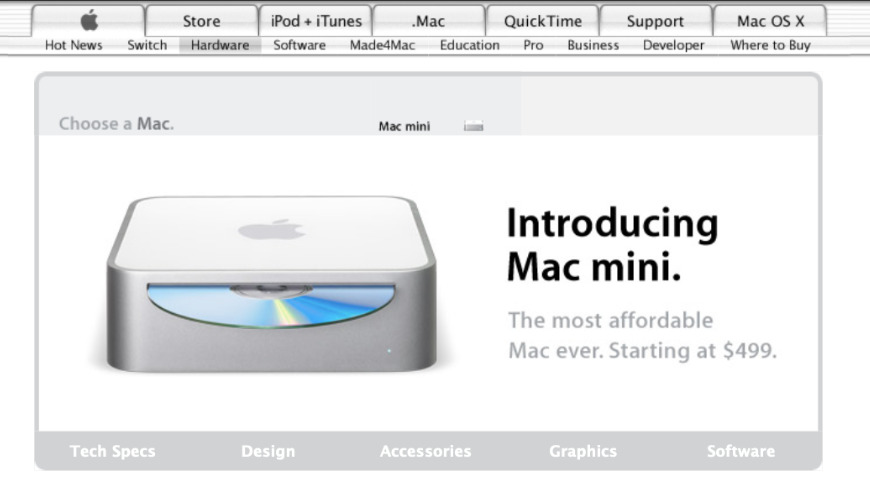
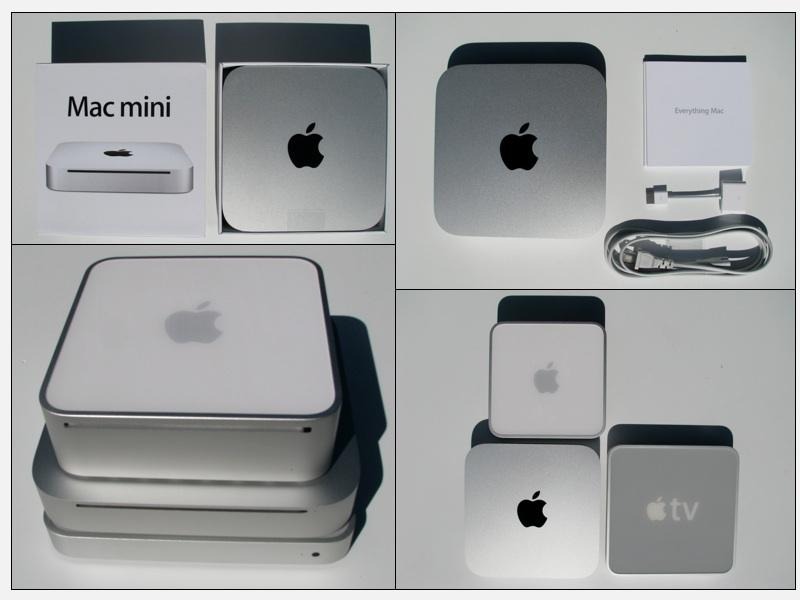
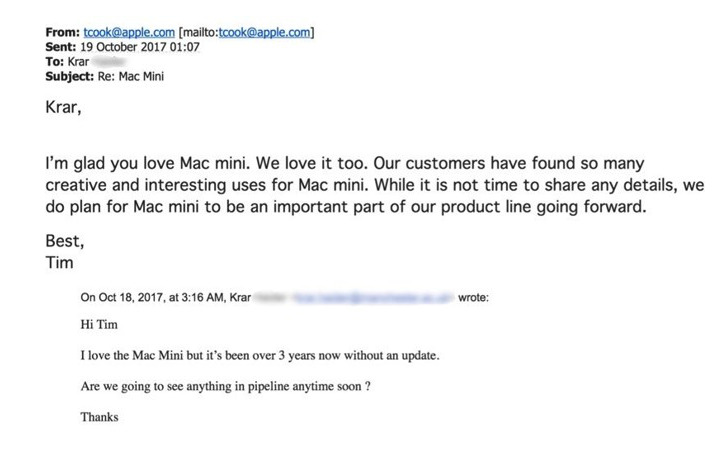

-m.jpg)







 Christine McKee
Christine McKee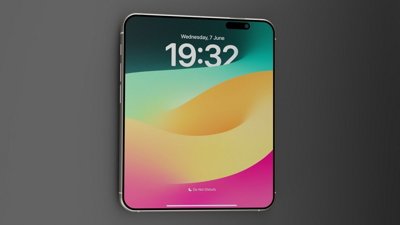
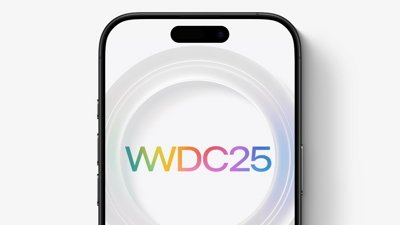

 Andrew Orr
Andrew Orr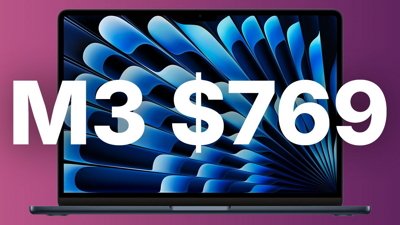
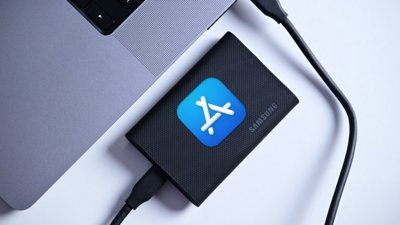
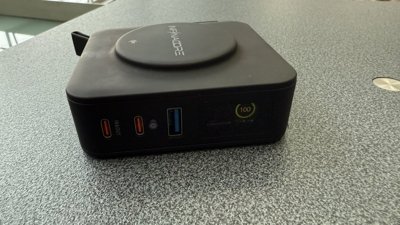
 Thomas Sibilly
Thomas Sibilly









53 Comments
“I love mine”. How is that for a review? Have a fusion drive mini and well loaded at around $1500 US- it was worth every penny, great machine
Have been a purchasing fan of the Mini since the first one. Never minded the RAM "operation" with the putty knives, in reality it wasn't that much different than some of the awful PCs I've worked on years back when I was a tech.
Still running a newer mini (not the latest) in my media cabinet now, tho running a Plex server and a Windows Server VM is about all I use it for these days. I used to run the Plex client off it outputting to the receiver but with the Apple TV app those days are done.